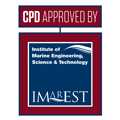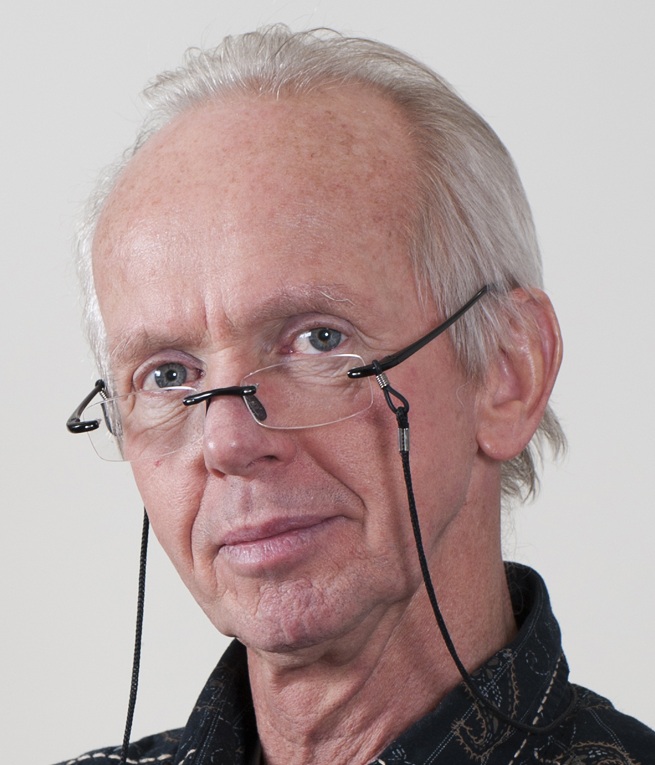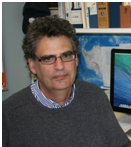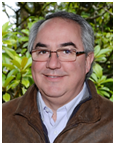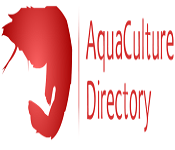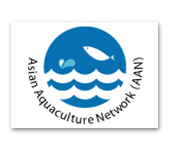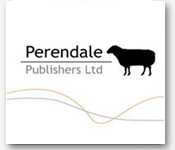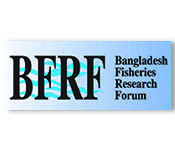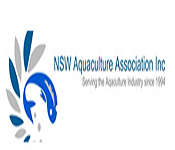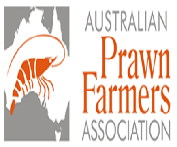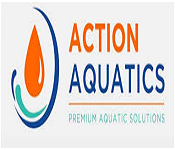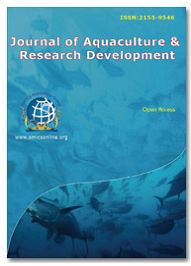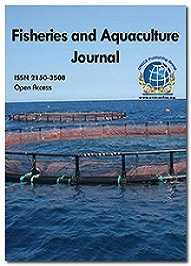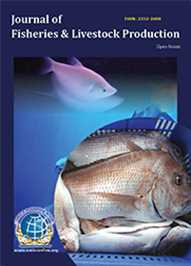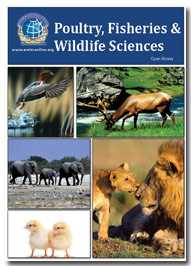Theme: Advancing & Expanding Aquaculture Sector Focused on Developmental, Toxicological and Transgenic Scientific Research
Aquaculture-2015
OMICS International is dedicated to serve the scientific community through its 400 leading Open Access peer reviewed Journals supported by 30,000 renowned editorial board and more than 5 million reader worldwide. OMICS International Conferences is proud to host around 300 international conferences around the globe to address the current issues and discoveries in the field of Life sciences, Applied Science & Engineering, Omics and Management, Clinical, Medical and Pharmaceutical sciences. OMICS International Conferences feel proud in inviting the contributors across the globe to its Conference Series premier International Conference on Aquaculture & Fisheries (Aquaculture-2015) to be held during July 20-22, 2015 at Brisbane, Australia. Aquaculture congress is the premier event that brings together a unique and International mix of experts, like aquaculture engineers, researchers and decision makers both from academia and industry across the globe to exchange their knowledge, experience and research innovations to its world aquaculture conference. Aquaculture is a Major Field in modern food supply according to the FAO, aquaculture "is understood to mean the farming of aquatic organisms including fish, molluscs, crustaceans and aquatic plants. Farming implies some form of intervention in the rearing process to enhance production, such as regular stocking, feeding, protection from predators, etc. Aquaculture-2015 conference will cover the new research Techniques and concentrates on aquaculture exhibition of new feeds, fish welfare, antibiotics, instruments introduced by the aquaculture fisheries Laboratories. Also covers the increase in need for demanding sea food. Aquaculture brings basic and advanced research of Developmental, Toxicological and Transgenic aspects. For market research report Click Here
Track 1: Aquatic Ecosystem and Aqua Farming Methods
Fish farming or pisciculture is the principal form of aquaculture, while other methods may fall under mariculture. Aquaculture and fishery management involves raising fish commercially in tanks or enclosures, usually for food. A facility that releases juvenile fish into the wild for recreational fishing or to supplement a species' natural numbers is generally referred to as a fish hatchery. Worldwide, the most important fish species used in fish farming are carp, salmon, tilapia, catfish. Species- an estimated 230 species of fin fish, molluscs, crustaceans, aquatic plants, turtles, frogs, etc. are cultured. Culture systems- e.g., water-based systems, such as cages and pens, bottom/pole/ rack/raft/ long-line systems for molluscs, inshore and off-shore; land- based systems such as rain-fed ponds; irrigated or flow-through systems, tanks and raceways; land/ water-based systems, such as sea ranching; recycling systems such as high control enclosed systems, more open pond-based recirculation; monoculture and polyculture systems; integrated farming systems, such as livestock- fish, integrated agriculture-aquaculture, livestock-aquaculture. Culture environment- e.g., freshwater, brackish water, marine; inland, coastal and oceanic; temperate to tropical. Type of operation and scale- e.g., small-scale backyard ponds and hatcheries to commercial operations; hatchery holding of broodstock and production of seed, nursing systems, grow-out. Intensity of practice- e.g., extensive, semi-intensive, intensive. Type of management- from family to corporate ownership
Track 2: Fish Habitat, Ecology & Conservation
Fisheries and aquaculture meetings focus on Fish Habitat and ecological studies of physiological tolerances, predator avoidance, foraging and feeding, reproduction and life histories. Its unifying role is built on two assumptions, imported from terrestrial habitat science and not always stated explicitly: that competition is present interspecifically and intraspecifically under at least some conditions, and that habitat features have some persistence and predictability in space and time. Consistent with its central conceptual position in ecology, habitat science has contributed importantly to scientific advice on pollution, coastal zone management and many other areas of environmental quality, although it has been largely divorced from developments in fish populations dynamics done in support of fisheries management. Commitments by most management agencies to apply an integrated, ecosystem approach to management of human activities in marine systems, poses new challenges to marine science advisors to management. Integrated management and ecosystem approaches both inherently require spatial thinking and spatial tools, making habitat science a particularly relevant advisory framework, particularly because of the unifying role of habitat in ecology. The basic mechanisms behind ocean biological dynamics, productivity, concentration and retention, however, present much weaker opportunities for competition and less persistence and predictability, weakening the foundations of theory and concepts behind current habitat science. The paper highlights the new types of thinking about 'habitat' that will be required, if habitat science is to meet the advisory needs of the new approaches to management
Track 3: Aquaculture Related Diseases and Health Management
Transgenic fish conferences and aquaculture international events mainly focus on Disease problems constitute the largest single cause of economic losses in aquaculture. In 1988, channel catfish producers lost over 100 million fish worth nearly $11 million. Estimates for 1989 predict even higher losses. The trout industry reported 1988 losses of over 20 million fish worth over $2.5 million. No data are available on losses sustained by producers of shellfish. Bacterial infections constitute the most important source of disease problems in all the various types of production. Gram-negative bacteria cause epizootics in nearly all cultured species. Fungal diseases constitute the second most important source of losses, especially in the culture of crustaceans and salmon. External protozoan parasites are responsible for the loss of large numbers of fry and fingerling fin fishes and are a cause of epizootics among young shellfish. The number of therapeutants approved by the Food and Drug Administration is limited.
Track 4: Zebra Fish: A Biological Model Organism
Meetings on aquaculture also covers ascpects on Zebrafish has many advantages as a model of human pediatric research. Given the physical and ethical problems with performing experiments on human patients, biomedical research has focused on using model organisms to study biologic processes conserved between humans and lower vertebrates. The most common model organisms are small mammals, usually rats and mice. Although these models have significant advantages, they are also expensive to maintain, difficult to manipulate embryonically, and limited for large-scale genetic studies. The zebrafish model nicely complements these deficiencies in mammalian experimental models. The low cost, small size, and external development of zebrafish make it an excellent model for vertebrate development biology. Techniques for large-scale genome mutagenesis and gene mapping, transgenesis, protein overexpression or knockdown, cell transplantation and chimeric embryo analysis, and chemical screens have immeasurably increased the power of this model organism. It is now possible to rapidly determine the developmental function of a gene of interest in vivo, and then identify genetic and chemical modifiers of the processes involved. Discoveries made in zebrafish can be further validated in mammals. With novel technologies being regularly developed, the zebrafish is poised to significantly improve our understanding of vertebrate development under normal and pathologic conditions
Track 5: Aquaculture Law and Policy
In endangered fish species seminars and fish ethical issues meetings about most countries and specific aquaculture policy document does not exist and aquaculture is normally included basically in the Fishery Sector Development Policy, document. It is also mentioned in other strategic policy documents; those for Industry and Environment are the two major policy documents concerned. In the absence of specific policy, aquaculture development is mainly based on development plans elaborated by the authorities in charge for the administering the sector but without formal approval. Participatory mechanisms concerned with the definition of policy mostly comprise unofficial consultations, with three exceptions. The first is in Spain where a formal Consultative Committee on Fisheries and Aquaculture has been established in Cataluña which includes representatives from the aquaculture sector. The second exception is Greece, where there is an Agricultural Policy Council (APC) operating within the Ministry of Agriculture; this is a consultative body within which representatives from the Ministry itself, scientific organisations, producers, and universities participate. The third exception is France, where there are "inter-professional committees" in various meetings on aquaculture and also in linking fish meetings
Track 6: Diversification in aquaculture
Diversification in aquaculture is presented as an option for achieving that sustainable development. Diversification leads to a feasible economy, for not only would it depend on only a few sectors (or in the case of aquaculture, a few products or production systems), but would lead to the creation of jobs in different sectors and the demand for different professions and a feasible ecological system, thereby preventing the excessive use of natural resources. Due to the foregoing, diversification has an essential part to play in achieving aquaculture based on sustainable development. Diversification in aquaculture production must be developed through cultivating hydro-biological resources which, in technical terms, are easy to implement and handle, creating new investment alternatives in both the industrial and traditional fishing sectors
Aquatic immunology deals with disease problems constitute the largest single cause of economic losses in aquaculture. In 1988, channel catfish producers lost over 100 million fish worth nearly $11 million. Estimates for 1989 predict even higher losses. The trout industry reported 1988 losses of over 20 million fish worth over $2.5 million. No data are available on losses sustained by producers of shellfish. Bacterial infections constitute the most important source of disease problems in all the various types of production. Gram-negative bacteria cause epizootics in nearly all cultured species. Fungal diseases constitute the second most important source of losses, especially in the culture of crustaceans and salmon. External protozoan parasites are responsible for the loss of large numbers of fry and fingerling fin fishes and are a cause of epizootics among young shellfish. The number of therapeutants approved by the Food and Drug Administration is limited. Research to support the registration of promising therapeutic agents is urgently needed
Aquatic Physiology is detailed examination of the physiology and behavior of aquatic animals, with an emphasis on fish and crustaceans. Development, growth, respiration, osmoregulation excretion, reproduction, endocrinology and sensory physiology are discussed in relation to the effects of natural and artificial environmental changes on physiological processes. The area of study will emphasize the physiological mechanisms are conserved across taxa and those that are unique to a particular aquatic animal group, with some case studies on how particular groups of animals cope physiologically with extreme environments and with contrasting environments at different parts of their life cycle (e.g., anadromy in salmon, catadromy in eels). Case studies will also be used to focus on the constraints solutions to particular physiological problems may impose on other aspects of the life of the animal in most of the fish DNA vaccines meetings, fish consumers conferences & GM fish conferences
Aquatic toxicology is the study of the effects of manufactured chemicals and other anthropogenic and natural materials and activities on aquatic organisms at various levels of organization, from subcellular through individual organisms to communities and ecosystems. Aquatic toxicology is a multidisciplinary field which integrates toxicology, aquatic ecology and aquatic chemistry. This field of study includes freshwater, marine water and sediment environments. Common tests include standardized acute and chronic toxicity tests lasting 24–96 hours (acute test) to 7 days or more (chronic tests). These tests measure endpoints such as survival, growth, reproduction, that are measured at each concentration in a gradient, along with a control test. Typically using selected organisms with ecologically relevant sensitivity to toxicants and a well-established literature background. These organisms can be easily acquired or cultured in lab and are easy to handle
Track 10: Aquaculture Environment Interactions – Measuring, Modelling and Mitigation
Adaptions of aquatic species symposiums majorily organized to discuss on environmental impacts of aquaculture have been associated mainly with high-input high-output intensive systems (e.g. culture of salmonids in raceways and cages) the effects of which included discharge of suspended solids, and nutrient and organic enrichment of recipient waters resulting in build-up of anoxic sediments, changes in benthic communities (alteration of seabed fauna and flora communities) and the eutrophication of lakes. Large-scale shrimp culture has resulted in physical degradation of coastal habitats, for example, through conversion of mangrove forests and destruction of wetlands, salinization of agricultural and drinking water supplies, and land subsidence due to groundwater abstraction. However, misapplication of husbandry and disease management chemicals, collection of seed from the wild (bycatch of non-target species occurring in the collection of wild seed) and use of fishery resources as feed inputs, are also causing concern. Mollusc culture has been held responsible for local anoxia of bottom sediments and increased siltation. Aquaculture is the principle reason for the introduction of freshwater fishes and experience has shown that the introduced species will eventually enter the natural ecosystem (either through purposeful release or accidental escape). Thus, non-native species in culture can adversely impact local resources through hybridization and loss of native stocks, predation and competition, transmission of disease, and changes in habitat, e.g. burrowing, plant removal, sediment mobilization and turbidity. Environmental interactions between aquaculture farms, can include self-pollution and transmission of diseases and occur in areas where the high density of farms forces use of water contaminated by neighbouring installations, with significant losses of farmed stocks and financial returns. Effects can also occur at a distance with interchange of living material between farms and a consequent spread of disease. this is also major area of discussion in aquaculture welfare conferences and aquatic locomotion conferences
Conference Highlights
- Aquatic Ecosystem and Aqua Farming Methods
- Fish Habitat Ecology and Conservation
- Comparative Biology of Aquatic Species
- Aquaculture and Biosystem Research
- Aquatic Organism’s Byproducts and Their Applications
- Aquaculture Related Diseases and Health Management
- Zebra Fish : A Biological Model Organism
- Diversification in Aquaculture
- Aquatic Immunology
- Aquatic Physiology
- Ethical and Emerging Isuues in Aquaculture Development
- Aquaculture Environment Interactions – Measuring, Modelling and Mitigation
- Aquaculture Law and Policy
- Aquatic Toxicology
To share your views and research, please click here to register for the Conference.
To Collaborate Scientific Professionals around the World
| Conference Date | July 20-22, 2015 | ||
| Sponsors & Exhibitors |
|
||
| Speaker Opportunity Closed | Day 1 | Day 2 | Day 3 |
| Poster Opportunity Closed | Click Here to View | ||
Special Issues
All accepted abstracts will be published in respective Our International Journals.
- Journal of Aquaculture Research & Development
- Journal of Fisheries and Aquaculture
- Journal of Fisheries & Livestock Production
Abstracts will be provided with Digital Object Identifier by

